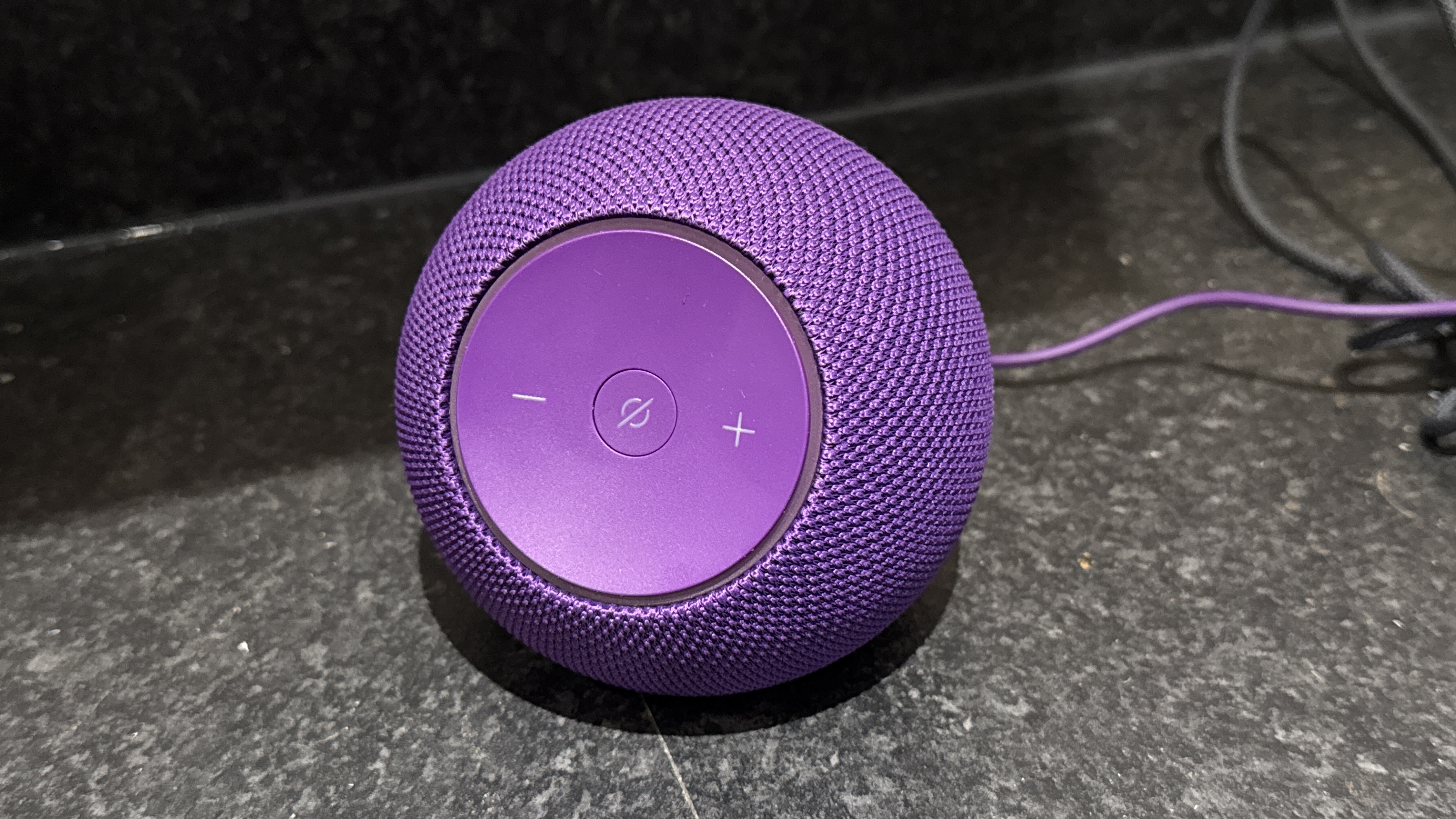TechRadar Verdict
Amazon’s newest, more premium smart speaker is a welcome addition to the Echo lineup, bringing improved smart home functionality, decent audio, and a neat new look. However, it’s a bit pricier than I’d expect, and unless you’ve got really old Echo devices at home that need upgrading, it’s hard to see who this speaker is really for at ties.
Pros
- +
Good enough audio, zippy Alexa performance
- +
Solid smart home specs and sensors
- +
Basic but polished design
Cons
- -
Awkward new control interface
- -
No 3.5mm jack
- -
Alexa+ is US-only
Why you can trust TechRadar
Two-minute review
Amazon announced its new Echo Dot Max alongside the new Echo Studio, Echo Show 8 and Echo Show 11 in September 2025, heralding a new generation of its mid-range smart speakers and smart displays with a focus on better audio, Alexa+ compatibility, smart-home connectivity and a fresh new design-led look that brings them closer in terms of appearance to competitors from Google and Apple.
Although its name suggests that it succeeds the 5th-generation Echo Dot released in 2022, technically, the Echo Dot Max model replaces the 4th-generation Echo speaker, which is quietly phasing out across global markets. Regardless, Amazon is pitching the Max as more of a ‘Pro’-grade improvement to the Echo Dot than a direct follow-up, and it's gearing up to be one of the best smart speakers in Amazon's current line-up.
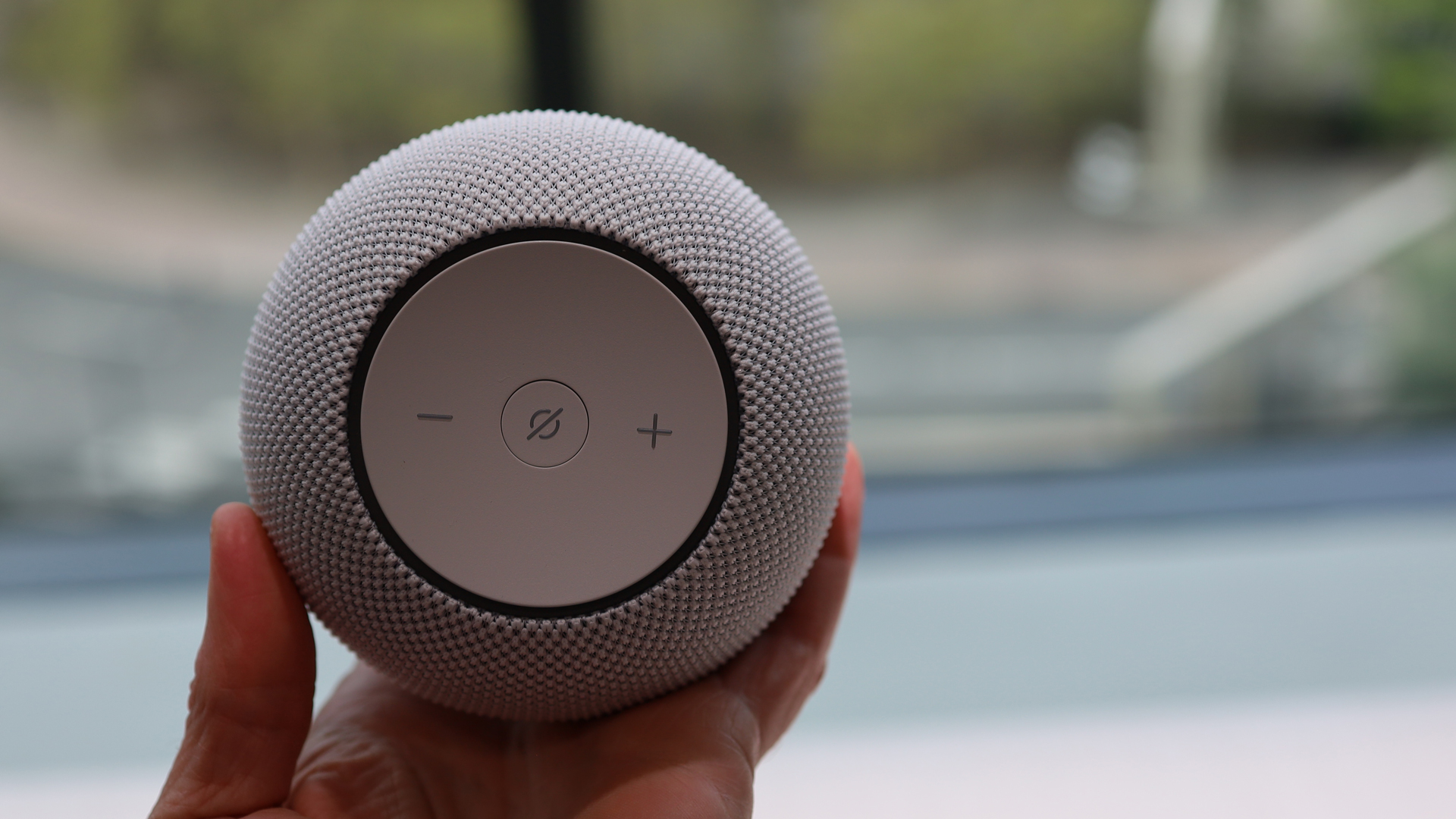
So, what does the ‘Max’ moniker get you versus the standard model? According to Amazon, a two-way speaker system that offers three times the bass, faster processing thanks to the new AZ3 chip, and a stylish re-fit – oh, and it’s twice the price.
Broadly speaking, these upgrades all pay off in one of the best Alexa speakers I've tested: music is noticeably more bassy and carries more weight, Alexa is quick to respond, and the design looks more chic than the rather basic base model. Each of these points comes with a caveat, though: yes, the audio is decent with some smart features for home theatre fans, but still not enough to satisfy audiophiles, and I wouldn’t argue that audio is always strictly “better” than the regular Echo Dot. The speaker’s processor is clearly superior, but without Alexa+ to put it to the test, that difference is hard to notice. The redesign is lovely, but the front-facing controls are a little awkward to use.
All in all, given that the Echo 4th-gen offers a solid audio experience and is only marginally larger, and that Amazon didn’t bring back the 3.5mm jack it removed between the 4th and 5th-generation Echo Dot, calling this Echo Dot a ‘Max’ model feels only partially justified, and it’s hard to tell quite who Amazon has made this speaker for at times.
If ‘Max’ denotes its Alexa+ compatibility, well, that service is still in Early Access and exclusively available in the US as of writing, with no firm plans for global rollouts. From what we do know so far in the US, reception has been mixed. If ‘Max’ denotes audio performance, then yes, the speaker is impressive for its size, but it's still far from audiophile-approved.
Still, I enjoyed my time with the Echo Dot Max, and it's exciting to see this new direction for Amazon's smart speakers take form.
Sign up for breaking news, reviews, opinion, top tech deals, and more.
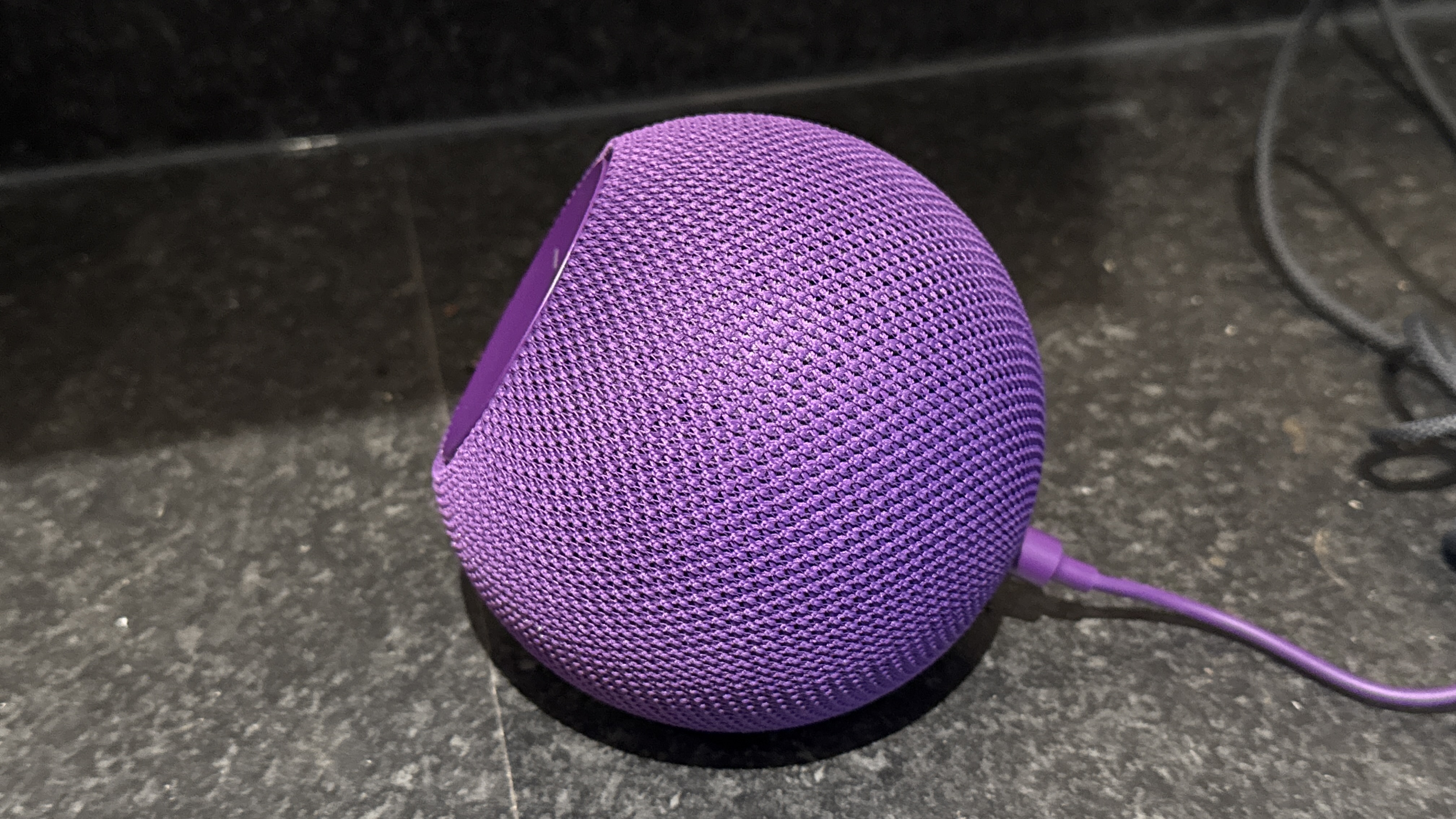
Echo Dot Max: Specs
| Row 0 - Cell 0 | Echo Dot Max |
Dimensions | 4.27 x 4.27 x 3.9 inches / 10.8 x 10.8 x 9.9cm |
Speakers | 0.8-inch tweeter and 2.5-inch woofer |
Processor | AZ3 |
Connecivity | Zigbee, Matter, Thread Border Router, eero |
Voice assistant | Alexa |
Weight | 17.8oz / 505.3g |
Echo Dot Max: Design
- New, more premium materials
- Neat and petite
- Control placement isn’t great
The Echo Dot Max, along with the new Echo Studio, features a new design language – a chunkier knit-fabric exterior, new front-facing controls, and a slightly larger frame than the standard Echo Dot.
Star Wars fans will surely delight in this Death Star-esque design refresh, but if you regularly use touch controls on your Echo speakers you might not love the new button placement. Prodding the controls leads the speaker to scoot across the surface, so you have to hold onto it during use – not a deal-breaker, but a little annoying.
The iconic blue Alexa ring has also moved to surround the control panel, and as with some more recent Echo speakers, it can also show the volume percentage and provide other status cues like notifications, connectivity issues and mute mode. Under the hood, the Echo Dot Max packs a 0.8-inch tweeter and 2.5-inch woofer as well as the new AZ3 chip.
On the rear is a single power port, and just like the last-generation Echo Dot, there’s no 3.5mm jack on this model. That feels like a slightly more glaring omission; this is a really useful utility for streaming music through a better home audio system via the Echo, and while its removal from the 5th-gen Echo Dot could just about be excused given its price and positioning, it’s unfortunate that it hasn’t made a return in this pricier model.
While I do like the new fabric-mesh coating and control panel, overall the Echo Dot Max redesign ends up being more inconvenient in manual operation, and it really is a shame that Amazon opted not to include the 3.5mm jack. The heavier, more robust Echo Studio suits the new form factor quite nicely, but the Echo Dot Max, especially in the purple colorway I tested, isn’t quite as convincing in its Death Star-ness.
- Design: 4/5

Echo Dot Max: Performance
- New two-way speaker system
- Decent audio features and performance
- Alexa is zippy
Amazon’s new Echo Dot Max is a solid all-rounder, with iterative upgrades to the 5th-gen Echo Dot, but it generally comes in just below the 4th-gen Echo base model.
The Echo Dot Max is the first Echo Dot from Amazon with a two-way speaker system. There’s a single 20mm tweeter and a 6cm woofer, meaning your favorite playlist will fill the room better than ever before. However, it’s marginally less powerful than the 1.73-inch speaker found in the 5th-gen Echo Dot, and the Echo 4th gen’s 3-inch woofer and two 20mm front-firing tweeters offer a better all-around audio experience. It’ll be a matter of taste, in some cases, as well as positioning that determines if the Echo Dot, regular Echo or the Echo Dot Max is technically ‘better’ for your audio needs, but it’s nonetheless impressive.
The Echo Dot Max can be surprisingly loud, with lovely clear vocals and highs. Laufey’s Falling Behind is plenty warm and rounded, and while you lose the crispness on the syncopated acoustic guitar hits, the vocals still poke through well. Tracks with less complexity in the rhythm and bass come out quite cleanly, and at times fare better than when played on the Echo Show 8 and Echo Show 11 I tested alongside the Echo Dot Max. Jeff Buckey’s Last Goodbye is an excellent example of this, with his dulcet tones ringing out gorgeously, and Bowie’s vocals are also beautifully clear on Heroes, even as the intensity amps up throughout the track.
Other tracks feel far flatter through the Dot Max, which can’t always deliver a rounded, powerful bass; Fleetwood Mac’s The Chain is missing the punchy drive of the drums and feels weaker all round, and the same goes for Running Up That Hill by Kate Bush, where what should be the driving, insistent rhythm lacks the force to lift the emotion of Bush’s chirping vocals. Glory Box by Portishead is far less muddied and clipped than when I played it on the Echo Show 11 and 8, though it still feels compressed too much into the mid-range, and can’t deliver the nicely rounded bass I love in the track. For its size and price, it’s still impressive, and I can forgive its weaknesses, but I wouldn’t say it quite delivers the ‘Max’ experience I’d expect based on audio quality alone.
However, the Echo Dot Max redeems itself with the audio smarts it packs under the hood, including Lossless High Definition and Automatic Room Adaptation. In practice, that means the speaker is able to adapt its audio to wherever it’s placed, and it’s the first time we’ve seen this tech in an Echo Dot. I really value immersive sound over and above a speaker’s power, so these audio smarts make the Echo Dot Max much more to my liking.
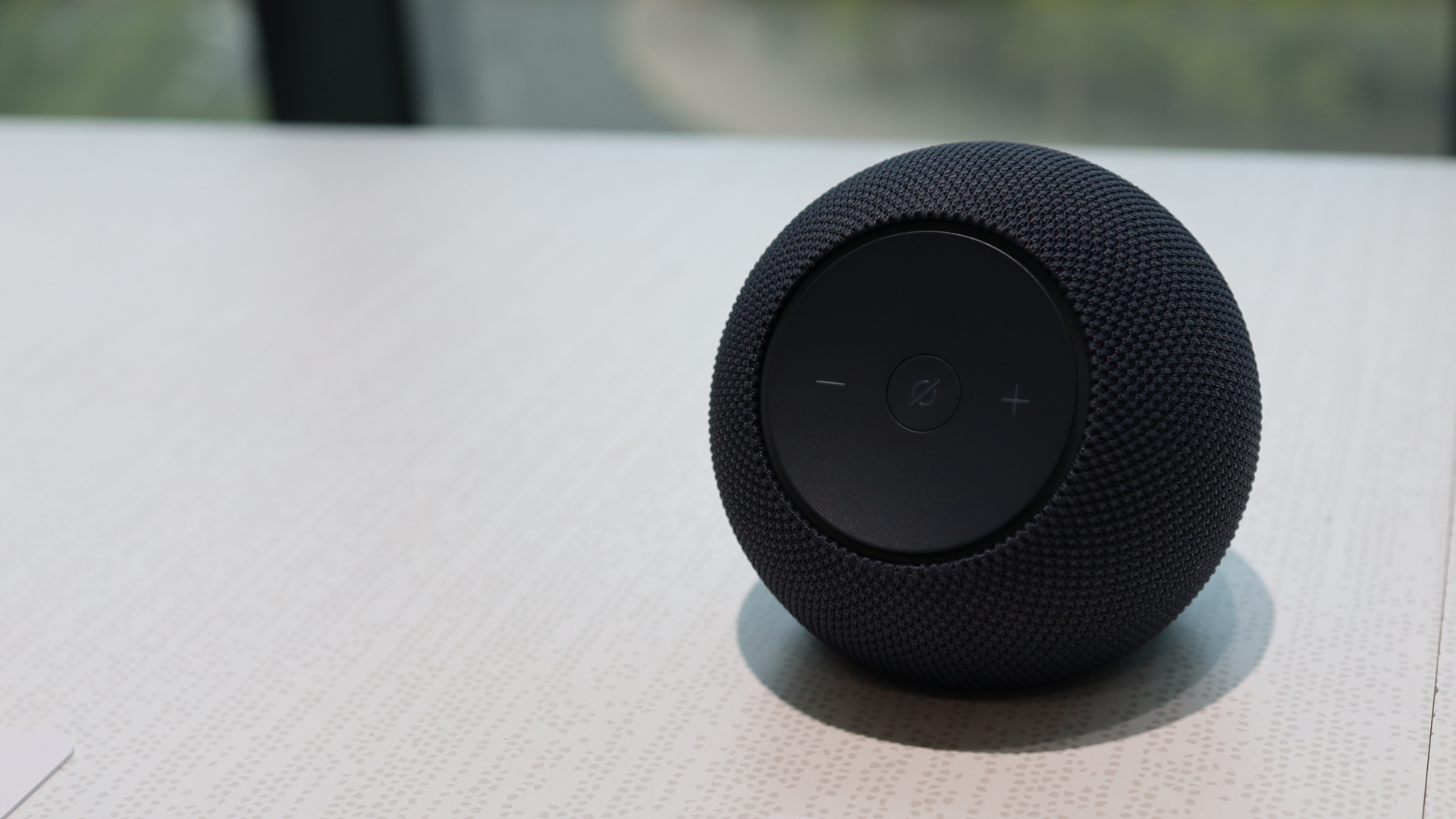
Soon, the Echo Dot Max will gain another feather to its audio cap; you’ll soon be able to connect up to five Echo Dot Max or Echo Studio speakers plus an optional Echo subwoofer to Fire TV Stick 4K (2nd-gen), Fire TV Stick 4K Plus, Fire TV Stick 4K Max (2nd-gen), or Fire TV Cube (3rd-gen) to use Amazon’s new Home Theatre feature. Simply set it up using the Alexa app and Amazon’s voice assistant will automatically configure the placement and tune the sound using its spatial awareness sensors for an immersive surround sound experience. This setup will support Dolby Atmos from selected streaming services, and you’ll be able to control volume with voice commands or a Fire TV remote.
The Echo Dot Max has the same temperature and ultrasound motion sensors as the Echo Dot (4th gen), but also adds a new Wi-Fi sensing capability. All of these worked well on test, and are great for setting up even smarter Alexa Routines. For instance, I set up an automation that turns on my smart lights when I enter a room as well as one that turns on my electric heater when the temperature drops too low for my liking.
When it comes to the more standardized Alexa features, the Echo Dot Max performs as expected. If you’ve used more recent Echo devices, you likely won’t really feel the speed boost from the AZ3 chipset, but it’s a marked difference compared to older models. Alexa responds in rapid fashion, pulling up information and executing commands quicker than ever; it’s unlikely that the base version of Amazon’s voice assistant can actually get much quicker without pre-empting your query – and given that Alexa on the Dot Max actually cut me off once or twice, we should be careful what we wish for here.
Of course, all that new computing power is really in service of powering Alexa+, which, at the time of writing, is not available in the UK, where I’ve been testing the Echo Dot Max. We’ve got a full review of Amazon’s agentic AI platform coming soon, so keep your eyes peeled for that or check back here for updates.
Personally, I enjoyed my time with the Echo Dot Max. Along a similar vein to my verdict on the design, I'm not sure its performance improvements justify the price increase, and the fact it won't quite be good enough for audiophiles yet still offers better audio makes it hard to place in Amazon's line-up of Echo Speakers.
- Performance: 4/5
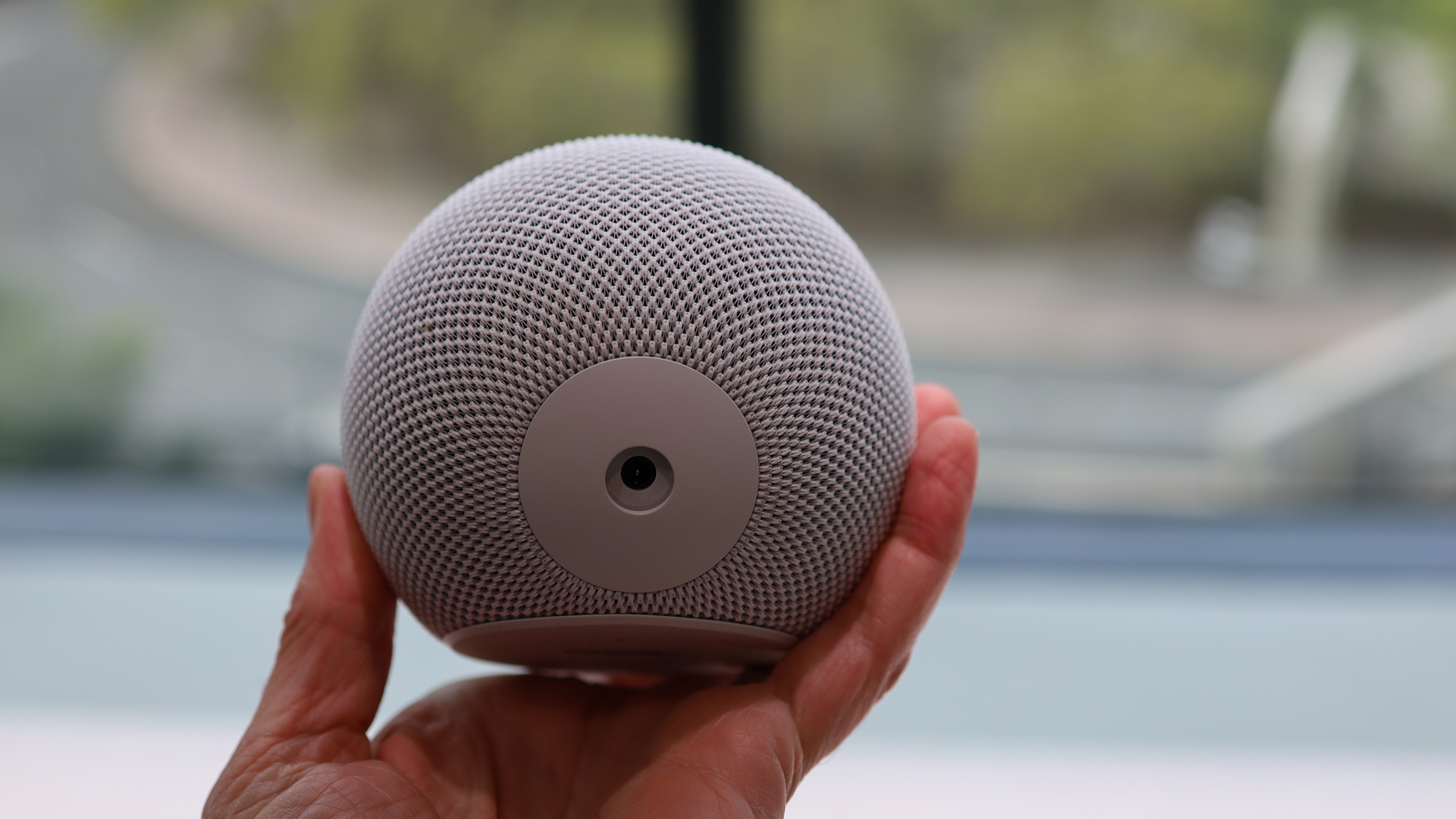
Echo Dot Max: Price and availability
- List price: $99 / £99 / AU$199
- Released November 2025
The Echo Dot Max sits in the mid-range of Amazon’s Echo family, positioned as a step up for Echo Dot fans who want a slight boost to audio, and better AI experiences when Alexa+ is eventually available to them. It’s available in black, white, and a bold purple colorway.
It’s $50 / £50 / AU$100 more expensive than the 5th-generation Echo Dot, which for the foreseeable future, is still available for purchase. For that extra cost you do get some decent improvements, but it still can’t beat the 4th-generation full-size Echo for audio, which sold at a similar price point.
For me, the differences between the Echo Dot and Max models aren’t quite enough to justify the jump in list price; and especially not when one of the key selling points – that being Alexa+ compatibility – is only available in Early Access the US at the time of writing, and costs more on top – unless, of course, you have an Amazon Prime subscription. I probably wouldn’t buy this at list price, but as we all know, Amazon loves a juicy discount around sales events.
- Value: 3.5/5
Should I buy the Echo Dot Max?
Buy it if...
You want room-filling audio
While I’m 50/50 on whether or not the Echo Dot Max’s audio performance can be considered truly “better” than the regular Echo Dot, it’s certainly better at filling a space thanks to the addition of Lossless High Definition, and Automatic Room Adaptation.
You’re upgrading from an older Echo speaker
More recent Echo smart speakers pack fairly similar specs and performance, but the AZ3 chip brings a marked improvement.
Don't buy it if...
You are an audiophile
It’s impressive what the Echo Dot Max does within the boundaries of its size and price point, but the speaker is still far from perfect and won’t render your favorite tracks perfectly.
You don’t like Death Stars
I’m being a little tongue-in-cheek here, but the design won’t be for everyone - especially if you’re a fan of using the manual controls, which, when pressed, can push the speaker across surface.
Amazon Echo Dot Max: also consider
Value | 3.5/5 | Far from pricey, but doesn't quite live up to its premium positioning or price point |
Design | 4/5 | New design shape may be divisive, control panel a bit annoying, but lovely build quality |
Performance | 4/5 | You win some, you lose some; smart, both in sound and home automation, but not quite powerful enough. |
If you're not sure the Amazon Dot Max is the right Alexa smart speaker for you, here are further options to consider from Amazon:
| Row 0 - Cell 0 | Echo Dot Max | Echo Dot (5th-gen) | Echo (4th-gen) |
Dimensions | 4.27 x 4.27 x 3.9 inches | 3.53 inches x 3.94 inches x 3.94 inches | 5.7-inch x 5.7-inch x 5.2-inch |
Speakers | 0.8-inch tweeter and 2.5-inch woofer | 1.73-inch front-firing speaker | 3.0" (76.2 mm) neodymium woofer and two 0.8" (20 mm) front-firing tweeters with Dolby Audio support |
Processor | AZ3 | AZ2 Neural Edge | AZ1 Neural Edge |
Connecivity | Zigbee, Matter, Thread Border Router, eero, Wi-Fi 6 | Zigbee, Matter, Thread Border Router, eero, Wi-Fi 6 | Zigbee, Matter, Thread border router. Dual-band Wi-Fi, eero, Bluetooth 3.5mm audio line-in/out. |
Weight | 505.3g | 328g | 970g |
Also consider Echo Dot (5th-gen)
The 5th-gen Echo Dot is the predecessor to the Echo Dot Max, and while its audio specs aren’t quite as adaptable, the sound quality will be slightly better for some owing to the slightly more powerful speaker.
For more information, check out our full Echo Dot (5th-gen) review.
Also consider Echo (4th-gen)
The 4th generation of Amazon’s base model Echo speaker may be getting long in the tooth, its audio performance is admirable, it’s often on sale at bargain prices, and offers a similar performance.
For more information, check out our full Echo (4th-gen) review.
How I tested the Echo Show 15 (2024)
- I used the Echo Dot Max as part of my personal smart home setup
- I played lossless audio through Spotify
- I tried the standard Alexa and other advertised features.
I tried all of the advertised features of the Echo Dot Max (barring Alexa+, which is not currently available in the UK) to examine its value for money, performance and how successfully Amazon’s redesign accounts for user experience.
In addition to using Alexa for a variety of tasks like browsing, searching and connecting to third-party apps and services, as well as controlling smart home devices, I also used my Echo Dot Max as a speaker for lossless tracks streamed through Spotify. I tested a range of genres of music and different moods to see how well it represented some of my favorite tracks and testing playlist.
I’ve been using Alexa speakers for years, and professionally testing smart home devices for 3+ years. In addition to my at-home Alexa setup, I’ve also used both Google and Apple devices to assess the strengths and weaknesses of the most popular smart home ecosystems.

Josephine Watson is TechRadar's Managing Editor - Lifestyle. Josephine is an award-winning journalist (PPA 30 under 30 2024), having previously written on a variety of topics, from pop culture to gaming and even the energy industry, joining TechRadar to support general site management. She is a smart home nerd, champion of TechRadar's sustainability efforts as well and an advocate for internet safety and education. She has used her position to fight for progressive approaches towards diversity and inclusion, mental health, and neurodiversity in corporate settings. Generally, you'll find her fiddling with her smart home setup, watching Disney movies, playing on her Switch, or rewatching the extended edition of Lord of the Rings... again.
You must confirm your public display name before commenting
Please logout and then login again, you will then be prompted to enter your display name.
